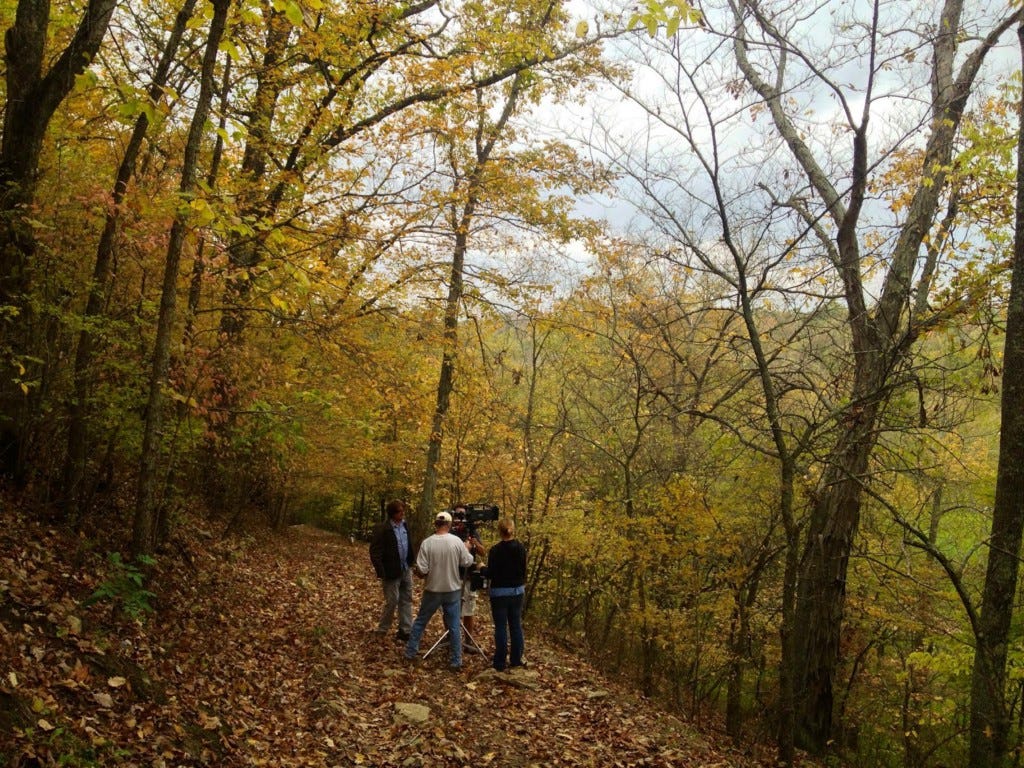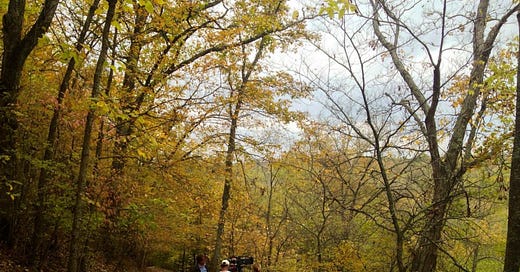Laura Dunn on ‘Look & See‘ and the Challenge of Documenting Wendell Berry
Interview
The filmmaker also discusses the involvement of producers Terrence Malick and Nick Offerman, the benefit of constraints and the new relevance of her work in the era of Trump.

Very few documentary filmmakers have burst onto the scene as extraordinarily as Laura Dunn. Her first theatrically released feature, 2007’s The Unforeseen, not only boasted
Keep reading with a 7-day free trial
Subscribe to Nonfics to keep reading this post and get 7 days of free access to the full post archives.



